Can SARS-CoV-2 be transmitted by food? Is COVID-19 a food borne disease? These are questions on many people’s lips … no pun intended. What makes a foodborne disease a foodborne disease? How is personal hygiene, or the lack thereof related to foodborne disease? Is it personal hygiene, cleanliness or just a cultural practice that happens to result in a “foodborne disease”? Is it really a foodborne disease if an infectious agent is transferred to a food’s surface, then shortly thereafter ingested? There are many grey areas I feel in this regard, many uncertainties and much knowledge to be uncovered.
At this stage, a definition of foodborne disease is useful. The World Health Organization (WHO) says that foodborne disease is “the result of ingestion of foodstuffs contaminated with microorganisms or chemicals”. Seems a simple definition, but is it broad enough? or too broad? (Figure 1) Food products contaminated on the farm or in the factory are clear candidates for foodborne disease, as are dishes in the food service environment or at home that are contaminated. …but what about dishes that are contaminated on the table at the time of consumption? this surely could be regarded as transit contamination, but certainly they are contaminated. Does contamination of a food product for five seconds, five hours or five days before consumption matter? Does it still fit the WHO’s foodborne disease definition? It would seem too. If that’s the case, then the advice given by authorities in China would seem to be related to curbing the spread of SARS-CoV-2 by foodborne means. Follow this link to read the news story I’m talking about, where the age-old practice of communal eating from a bowl or plate of food in the centre of the table is entrenched in Chinese culture (Figure 2).
If you’ve ever eaten with a bunch of Chinese people, and not dipping your chopsticks in with the rest of them and helping yourself to find, then you’ll know how left out you can be. So the situation is this – authorities in China are trying to change these food serving practices that are ingrained in the very culture of being Chinese, by asking people to use serving utensils to serve from a common bowl or plate, rather than using their own utensils. It’s commonplace and widely practiced in western culture, but just not something that has received acceptance in the east. It has been postulated that SARS-CoV-2 may be transmitted from the saliva of one person, to their chopsticks, then onto food/soup or the communal dish, before transfer to the chopsticks of someone else and into their mouth for ingestion. This has been one postulated explanation as to why many family clusters of COVID-19 are seen. Of course there is inhalation of airborne virus-laden droplets (Figure 3) and pickup of visions from inanimate surfaces, but food as a vehicle of transmission, as transit as it is, has been suggested as being a contributor.
Not only in China, but with COVID-19 starting to really take off in the United States, there is some food-related advice to reduce the risk of SARS-CoV-2 transmission. For example, the Los Angeles Times reports that Costco has stopped in-store food samples and some buffet restaurants in Las Vegas casinos are not operating (Figure 4). Then, what’s to say that shed virus from an asymptomatically SARS-CoV-2 infected person can’t breath or caught on to a ready-to-eat (RTE) food product, like a sandwich or salad, which can then serve as the vehicle of transmission. There seem to be no studies on survival of SARS-CoV-2 on the surface of food, but with the surfaces this virus can survive on, and the duration it can survive, a transient passage on a food surface between human hosts seems plausible. Despite no scientific basis as yet, the action to suspend questionable food serving practices is certainly suggestive of a distinct possibility of SARS-CoV-2 being transmitted through food, even transient transmission, such as is likely to occur in communal bowls/plates during meals in the east.
The question then is, how much evidence is necessary before COVID-19 is declared a foodborne disease? By right, full and proper robust epidemiological investigations need to be conducted with rigour, then shared in the peer-review literature. However, we don’t have that luxury while a pandemic is underway. Is it enough, based on likely logic, to say that foodborne transmission is plausible, but yet to be demonstrated and as such, COVID-19 needs to be regarded as a foodborne disease until demonstrated otherwise. Under the current circumstances, is such an unprecedented step acceptable? For the sake of public health, I would say yes. The situation with SARS-CoV-2 and COVID-19 is rapidly changing, with each day bringing another piece to the puzzle from different parts of the world. Therefore, advice that seems logical and/or scientifically sound today, could be refuted tomorrow. That’s the nature of science and scientific debates.
My recommendation: Avoid circumstances where people could have transmitted SARS-CoV-2 to food, which is then consumed without further cooking/processing/treatment. Thus, until demonstrated otherwise, consider COVID-19 to be a foodborne disease.
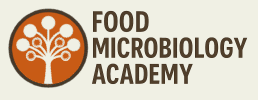
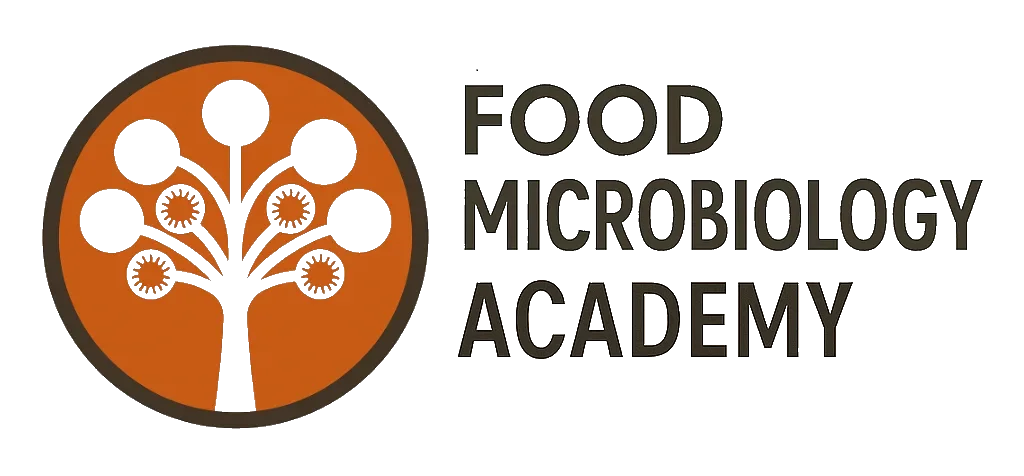
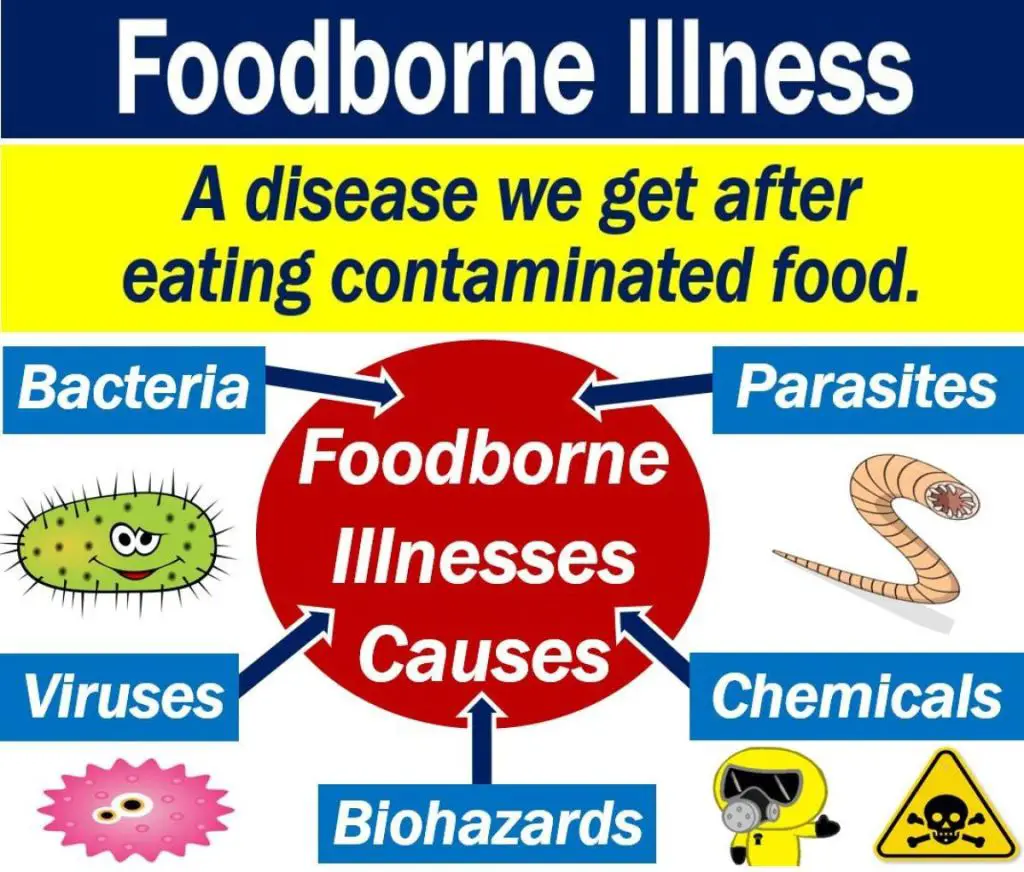

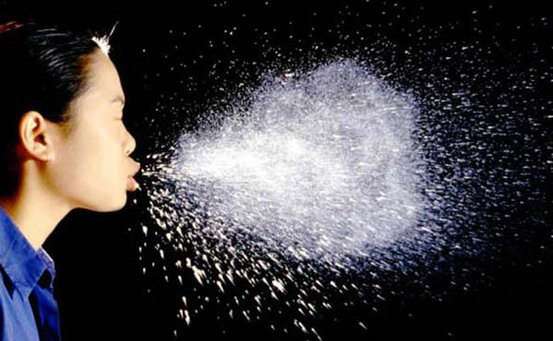
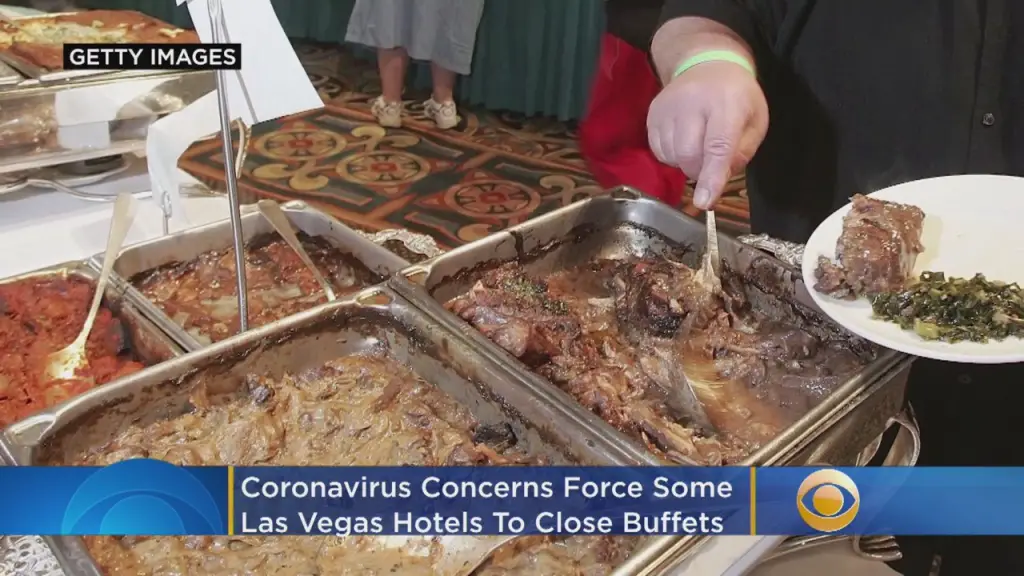


One thought on “COVID-19: A likely foodborne disease.”